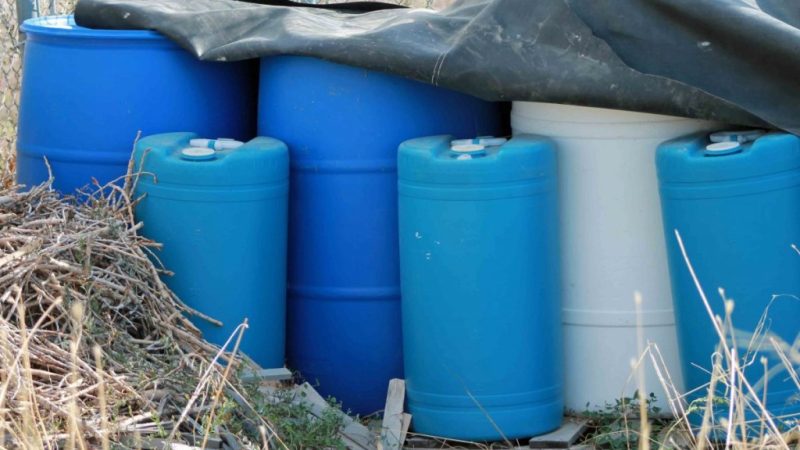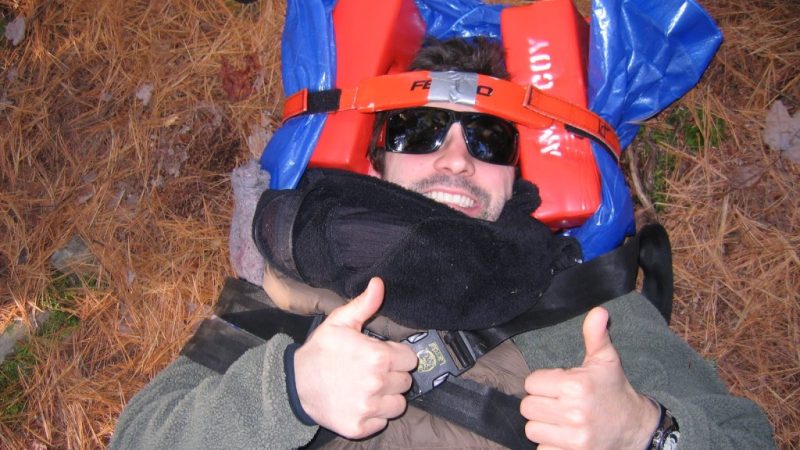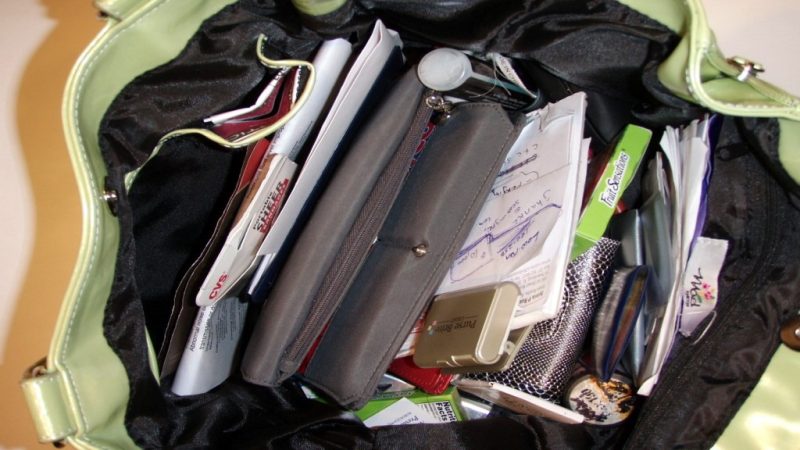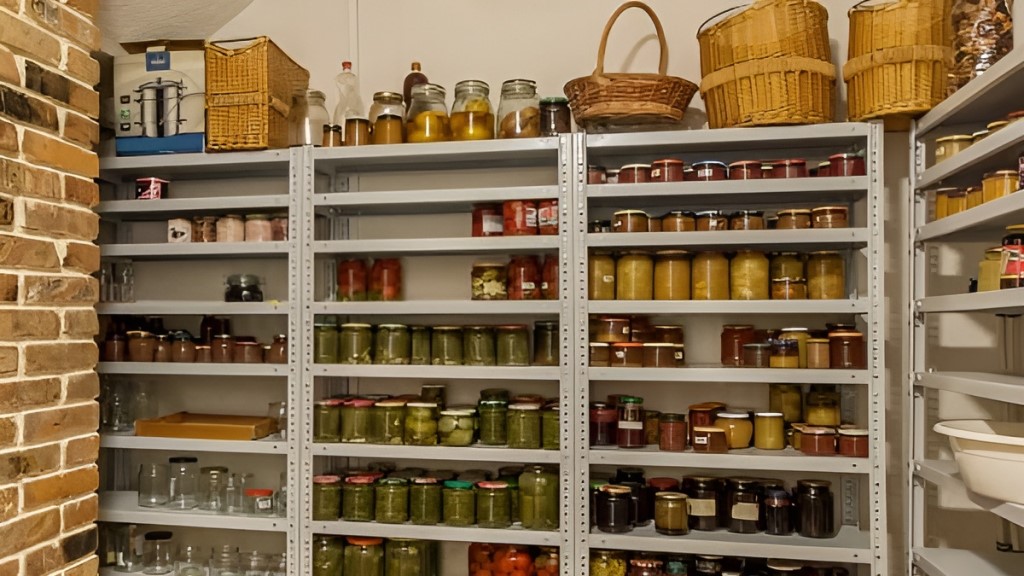September usually is the most active month in a hurricane season and with the Atlantic & Pacific tropics heating up, you need to be prepared.
Want to know the definition of a hurricane? Hurricanes (Typhoons or cyclones in other countries) are tropical cyclones that have winds above 73 mph.
Hurricanes also have categories which range wind speeds to determine how strong the hurricane force winds are. This is called the Saffir-Simpson Hurricane Scale in the Atlantic basin.
A category 1 hurricane is less intense as a Category 5 which is the highest, with winds above 156 mph.
Th Atlantic Hurricane season starts June 1st and ends on November 30th. The Pacific season officially started on May 15 in the eastern Pacific & June 1 in the central Pacific. The season also ends on November 30th like the Atlantic.
It’s important to note that even though the hurricanes typically originate in this time frame, some form in other times of the year like Hurricane Alex in January 2016 in the Atlantic.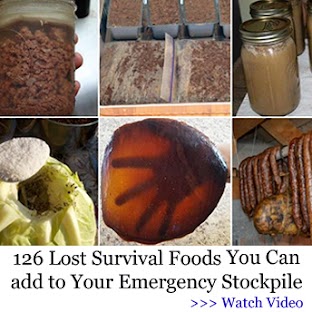
Differences In Watch & Warnings
In order to keep you, your family and pets safe when a storm hits, you need to know the difference in a watch and warning.
A Hurricane watch is when Hurricane conditions are possible to strike. A watch is usually issued about 3 days prior to the storm.
A hurricane warning is when condition are expected and likely to occur. This is usually issued within 24-28 hours prior to the storm making landfall.
The Risks Of Hurricanes
There are several risks that you need to be prepared for should a watch turn into a warning.
Flooding – Usually a huge amount of rain will fall with these storms and in a small amount of time,especially embedded thunderstorms within the storm. Sometimes these storm slow down as they hit land and will dump even more rain, as we see with Hurricane Harvey.
Storm Surge – This is where the waters on the coast rise and cause flooding.
Tornadoes- It is normal easy to get tornadoes to form within a hurricane. These are often weaker, most short lived tornadoes than the larger violent ones in the Great Plains. This does NOT mean that you shouldn’t let your guard down when it comes to these. They still can cause damage and casualties.
Wind – Winds cause a lot of damage when they are blowing at 73 mph or above. This causes loss of power.
The Impacts Of Hurricanes
Loss of power – The power goes out due to the wind speeds. This is common with a tropical storm but especially in a hurricane. Along with the winds, access rains will also loosen the soil a little and make it easier for smaller or dead trees to fall. Sometimes it takes days to get the power back on. This is dependent on how strong the storm is and how quickly they can get to your area to fix the problem.
Flooding – If you live near water or near the coast, there is a potential for flooding. Excess rains will something break levies as well.
Loss of clean water – Sometimes the water system can become unstable so you will need to boil it.
Downed Trees and Power Lines – Due to the winds, you will have downed trees and power lines.
How To Stay Safe
Bug Out Bags – Everyone in your home should have their own bug out bag. This will include a full set of clothes. (A lot of people still put their kids in their PJs when a storm is hitting at night but then often times if they have to leave they forget shoes so if you do, don’t forget to add a good comfortable pair of athletic shoes for them in their bag.) Please see this link for a full list of bug out bag items. Don’t forget the kids as well!
Stock Up on Water and other supplies – This link will show you what items are first to be gone when a disaster strikes. Water, toilet paper, non perishable foods and bread are just a few of the items.
Board Up Windows – This will prevent them from blowing out due to the winds.
Park Cars Somewhere Safe & Easy To Get To – Do NOT park under trees or power lines.
Bring Outside Animals In – They are likely to be scared and need some shelter and love. Do not chain them up because if flooding occurs they will have no way to get away.
Bring In Any Loose Item Outside – Anything that would blow away easily needs to be brought inside. Chairs, lawn decorations, and play toys are some examples.
Know Where Shelters Are – Even if you plan to ride it out during the storm, you need to know where you could go if you had to. Always have a backup shelter in mind just in case your first choice is full or damaged.
Stay indoors – If you stay, stay indoors, even if the storm has seemed to pass. Sometimes things calm down in the eye of a hurricane and then quickly get worse again. Stay in a basement, hallway or a bathroom in the center of your home if possible. Stay away from windows.
Cell phone battery backup – Have a way to contact emergency officials if an emergency situation happens. You need a good battery backup that will keep your phone charged at least through the storm. Be sure to charge them all the way up to full before the storm hits. You may even want a couple at least.
Hand Crank Radio – With a hand crank radio you will be able to get information from local sources. You can find out valuable information such as where you can get extra help such as water, food and shelter after the storm has hit. You can also use it as a way to have a form of entertainment.
Final Thoughts
Hurricanes are often called one eyed monsters. They leave damage every year all around the world. They need to be taken seriously to prevent more damage, injuries or death. If properly prepared for, you can reduce these risks and protect your loved ones and yourself.



